Mold is an utter terror for many homeowners: They look nasty, they smell nasty, they grow like crazy the moment you let in any bit of moisture and look away.
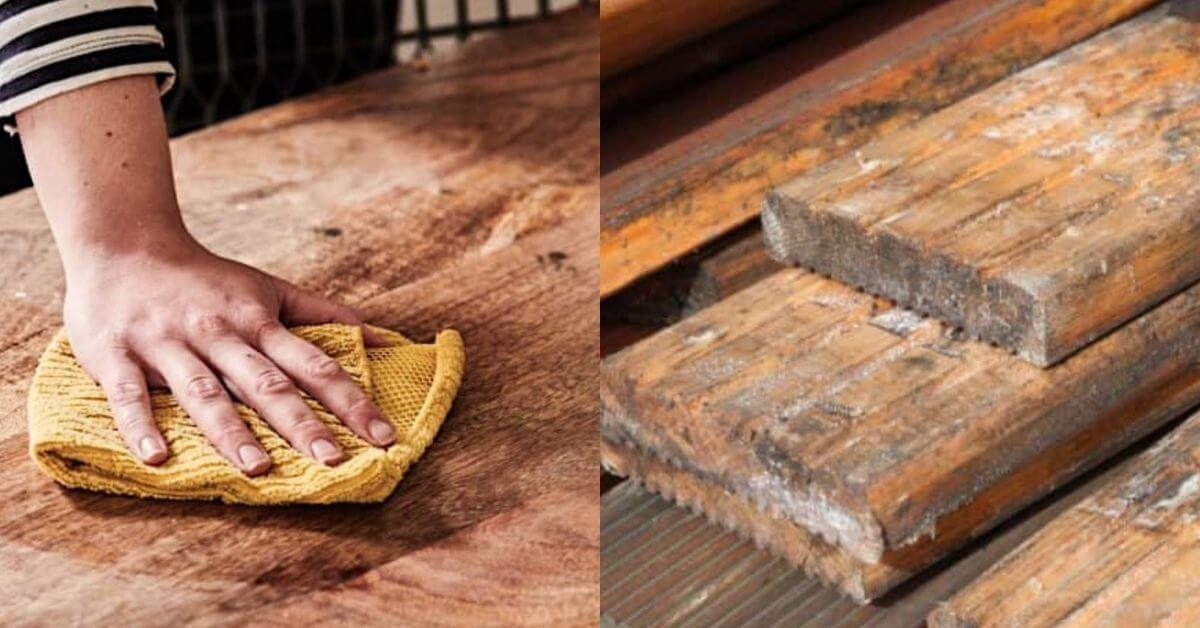
Mold is an utter terror for many homeowners: They look nasty, they smell nasty, they grow like crazy the moment you let in any bit of moisture and look away. And mold on wood is probably the worst of the worsts: Wood is porous, and it absorbs water super quickly, and thus the mold colonies could penetrate deep into it just as fast; and if left alone for long enough, the infestation would go so bad that there would be no cure other than replacing the wood itself.
As tough of a challenge as molded wood is, there are ways to get rid of the mold on the wood, provided that we handle it quick enough and use the right method for the job. In this article, we will provide you with a simple and effective guide on how to get rid of mold on wood.
As a note, the DYI routine would be effective for a newly-formed, small area of mold. For large-area mold infestation, it would be in your best interest to seek professional help.
Another note is that if you encounter a black mold with a greenish-black hue, or with grayish, soot-like texture, or a slimy, wet surface, or any of those with scattered furry orange/brown spots, call the professionals. The said type of black mold is Stachybotrys chartarum – a toxic mold species that can cause serious symptoms. While not all black molds are toxic, it is difficult to distinguish them from one another, so the better bet is to send for professionals whenever black mold is encountered.

When cleaning mold on wood, you will need to equip yourself with rubber gloves, safety goggles, and an N95 or N100 respiratory mask. You need to do so because (1) the mold can release spores that will be detrimental to your health when inhaled, especially if the spores manage to go all the way to your lung, and (2) you might need to use abrasive cleaners, including bleach, for the job.
The next step is to vacuum the molded area to rip out any bit of loose mold that can be removed. This help remove some of the molds and helps the subsequent steps of cleaning with a cleaner to be more effective.
To do this, you should use a vacuum with a HEPA filter. Run the vacuum on the affected area to rip out the loose mold. Take the vacuum outdoor to dispose of the content. Make sure to dump the content into the plastic bag and seal it tightly so the mold won’t escape.

A lot of times, mold problems are caused by lack of exposure to the sun, so taking the furniture out to dry in the sun could be really effective at getting rid of the mold on the wood. This helps dry out the water, which is the life source for the mold, and also takes advantage of the sterilizing power of UV radiation, which kills 99% of mold species.
And even without that, doing mold cleaning for your furniture outside of your home is still a good idea because it provides you with all the ventilation needed for the job and makes it easier to reach areas on the furniture that are normally unreachable. However, if it’s a humid summer day, then perhaps taking the item out would moisten it even more than getting it dry. So only try this on days when the weather’s right.
If the mold has not yet penetrated too deep into the wood, it is possible to get rid of it using common household ingredients. Here’s how you get rid of mold on wood using cleaning agents commonly available around the house:
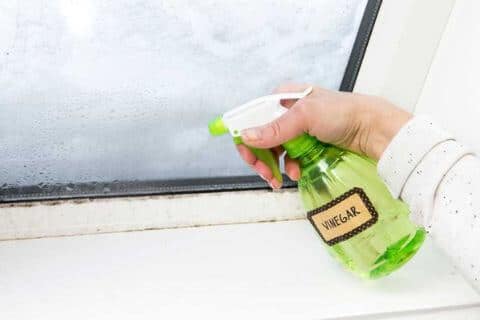
As white vinegar is already a public favorite for its cleaning and sterilizing properties, the question is, does it work against mold as well? The answer is ‘yes’: according to studies, distilled vinegar kills 80% of known mold species. Household white vinegar typically contains about 5 to 8 percent acetic acid. Acetic acid is a moderately strong acid with a pH of around 2.5, that can disrupt the growth of a wide range of fungi and other microorganisms, thus give vinegar antimicrobial and antifungal properties.
To clean mold on wood using white vinegar, you can do as follows:
Step 1: Open the windows or turn on the exhaust fans to help ventilate the space where the cleaning’s done.
Step 2: Equip yourself with a respirator, goggles, and gloves.
Step 3: Fill a spray bottle with undiluted vinegar (or a 1:1 vinegar-water solution if the surface is slightly less acid-resistant). Spray the solution directly onto the moldy surface.
Step 4: Let the solution sit for at least an hour.
Step 5: Scrub the mold off the wood surface using a soft-bristle brush.
Step 6: Blot the area with a clean rag to dry the area completely. After finished blotting, dispose of the brush and the rag.
As a note, there are wood surfaces (like floorings) that have finishes to protect them as well as to keep them shiny, which could be malted by the vinegar. For such material, you should skip vinegar altogether, and find a pH-neutral alternative.
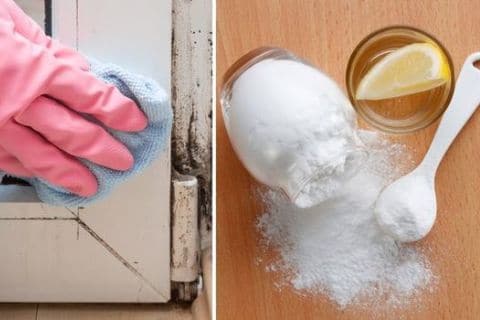
So, yes, vinegar does kill 80% of the molds; but if the molds in your home belong to the other 20%, worries not. Baking soda/borax may be able to kill it.
Borax and baking soda are some very strong alkaline salt; they kill mold by creating an environment too alkaline for the mold to survive, and just like vinegar, they kill a wide range of mold species. And as these cleaning agents act in very opposite ways to kill molds, it is quite likely that what can’t be killed by one can be killed by another. These alkaline substances also soak up moisture and prevent mold regrowth.
You can use baking soda or borax to kill mold using more or less the exact same cleaning routine. Simply do as follows:
Step 1: Open the windows or turn on the exhaust fans to help ventilate the space where the cleaning’s done.
Step 2: Equip yourself with a respirator, goggles, and gloves.
Step 3: Mix baking soda or borax with water to a 1:1 ratio to make a paste. Spread the paste over the molded area, and let it sit overnight.
Step 5: Scrub the mold off the wood surface using a soft-bristle brush.
Step 6: Blot the area with a clean rag to dry the area completely. After finished blotting, dispose of the brush and the rag.
As a note, for surfaces that don’t tolerate alkaline, you should seek a pH-neutral alternative.
Related article: Can Baking Soda Kill Mold? Detailed Answer
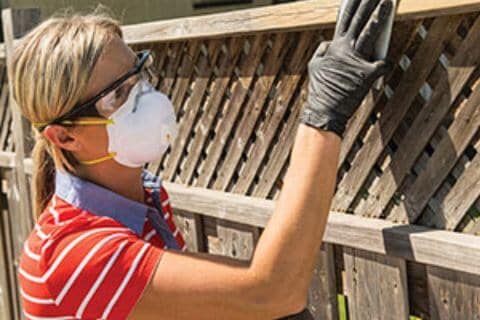
So when all the above methods don’t yield results, it might be the case that the mold has already penetrated underneath the surface of the wood and the cleaning agents simply cannot reach them. There is a chance that the penetration is still shallow and the mold will be exposed with a bit of sanding. Follow these steps:
Step 1: Rub the affected area using 100-grit sandpaper; try not to sand away too much of the surrounding areas.
Step 2: Try cleaning the mold with the method shown in the previous section (using vinegar or baking soda/borax)
The answer, in our book, is ‘No’. While being a very potent biocide, bleach only works well on flat surfaces, not porous surfaces; and wood is indeed a very porous surface. What’s more, unlike vinegar and baking soda, bleach does very little to prevent mold regrowth, which is a requirement for a porous molded surface like molded wood.
Nonetheless, the Centers for Disease Control and Prevention (CDC) does recommend using Bleach for post-disaster mold cleaning. The reason is (1) bleach and detergent might very likely be the only materials left available in such situations, and (2) one of the bleach’s advantages is that it could easily be used to clean and disinfect large areas, which makes it a great choice for post-disaster cleaning. While it might not be able to entirely resolve your mold problem, it can provide a temporary fix to the situation.
Related article: Mold clean-up after a disaster – When to use bleach?
According to the CDC, you may stick to your DYI mold killing effort if the affected area is not larger than the size of a door. If it is anything larger, send for the professionals.
Love these tips for cleaning mold on wood? Sparkling and Beyond has even more cleaning tips and guides for you to explore. And if the DIY methods can’t take care of your problem, you can always contact us for professional help. We provide professional and affordable cleaning services for cleaning molds, as well as any other tough cleaning jobs, in any other part of the house, for any degree of need. We’ll keep your home sparkling clean and healthy.
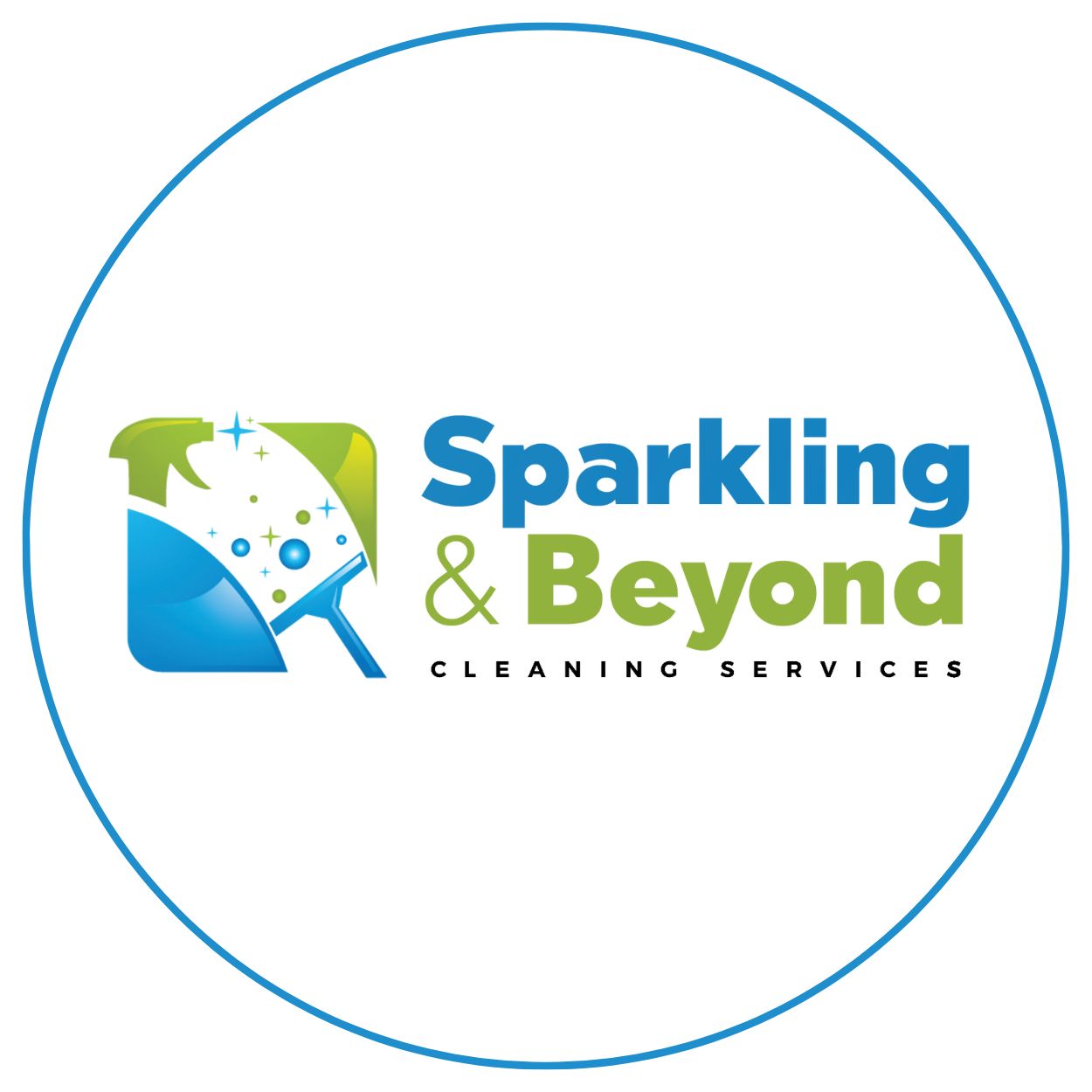
As the admin of Sparkling & Beyond, I bring a wealth of knowledge and passion for excellence in the cleaning industry. With years of experience in providing top-notch cleaning solutions, I am dedicated to sharing valuable insights and tips to help maintain pristine and healthy living environments. My mission is to ensure every home and office we service sparkles with cleanliness and comfort.
![]()